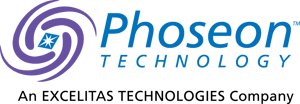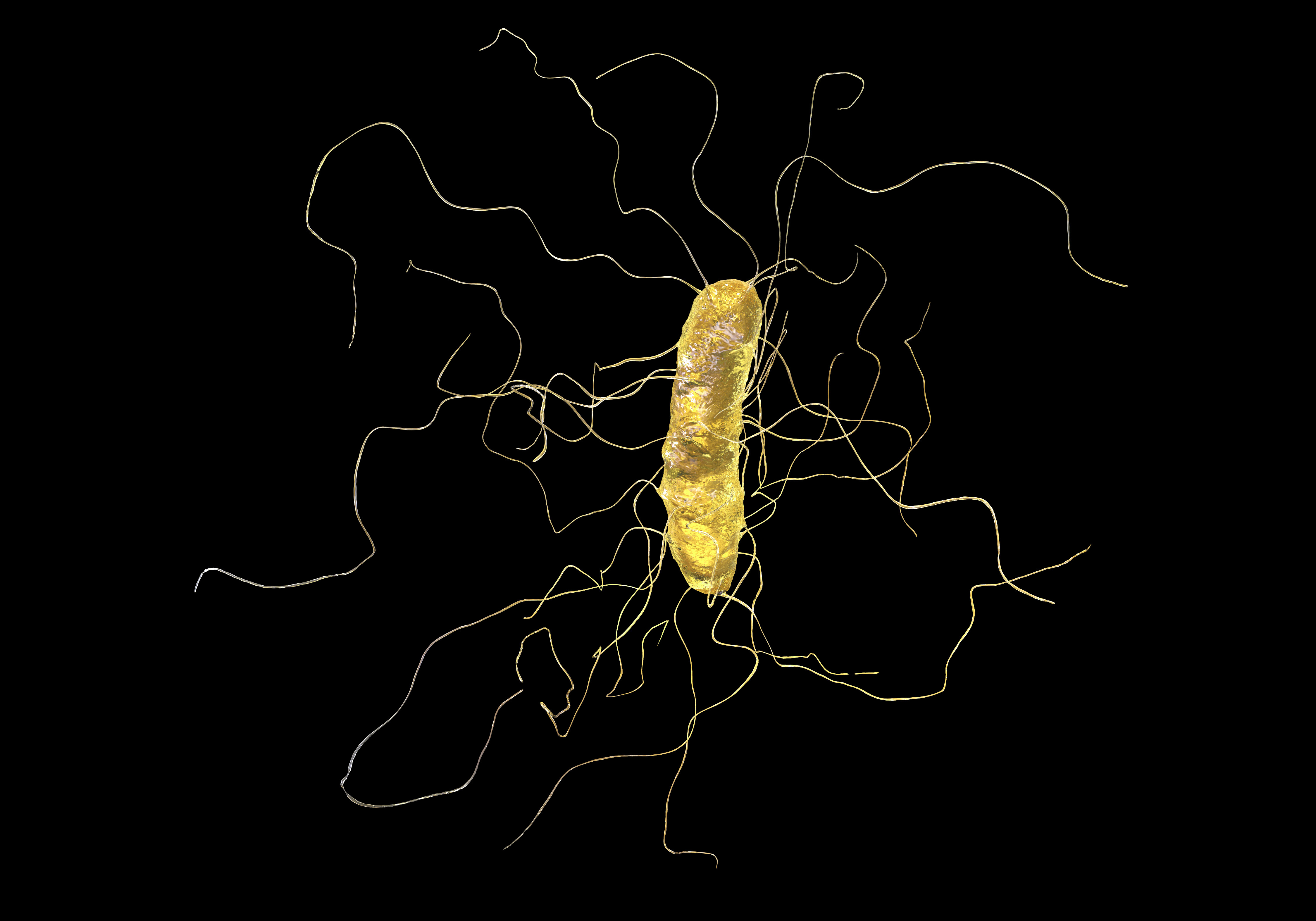Introduction
High-intensity UV LED 275nm alone and 275nm+365nm combination, wavelengths targeted to protein disulfide functional groups, drive a greater than 5 log (5.79 log) CFU reduction of Clostridium difficile spores on a surface in less than 30 seconds. This is consistent with our results showing synergism between 275nm and 365nm high-intensity UV LED when irreversibly inactivating RNase A. Targeting protein stabilization and functional groups represents a new approach to spore inactivation.
Abstract
Clostridium difficile spore transmission from contaminated surfaces is a continuing problem for health care facilities. In this study high-intensity UV LED was used to rapidly inactivate Clostridium difficile spores. Wavelengths were specifically chosen to target protein stability through disulfide functional groups rather than nucleic acids. Clostridium difficile spores, at 3.09 × 106 CFU/sq.in. carrier, were illuminated by hi-intensity UV LED. Irradiance is specified for the target distance, 25 mm. Spores were exposed to either 275nm alone or to a 275nm+365nm combination for 30, 88, or 147 seconds. For 275nm alone, spores were exposed to 491.5 mW/cm2, 245.7 mW/cm2, or 122.9 mW/cm2. Irradiance varied for 365nm (720.3 mW/cm2, 360.2 mW/cm2, or 180.1 mW/cm2) while 275 irradiance was constant (245.7mW/cm2) for the 275nm+365nm combination. High-intensity 275 nm UV LED was consistently effective at doses above 36.1 J/cm2, the highest irradiance (491.5 mW/cm2) achieved maximum log reduction at 14.7 J/cm2. Addition of high-intensity 365 nm UV LED resulted in maximum log reduction for all 365 nm intensities and doses tested. Maximum reduction of 5.79 log was achieved. Simultaneous use of two specific UV wavelengths reduced time required for inactivation. This is consistent with our previous findings on protein inactivation using RNase A1, suggesting that targeting protein is viable for inactivation of bacterial spores, even in the absence of wavelengths specifically targeting nucleic acids.
Session 8: UV irradiation, Photothermal Therapy and MiscellaneousHigh-intensity UV LED inactivation of Clostridium difficile spores
Paper 10863-39
Tuesday 5 February 2019
Time: 4:20 PM - 4:35 PM
Location: Room 70 (South Lower Mezzanine)
Author(s): Theresa Thompson, Jay Pasquantonio, Phoseon Technology, Inc.
SPIE BIOS Conference Sessions at a Glance

